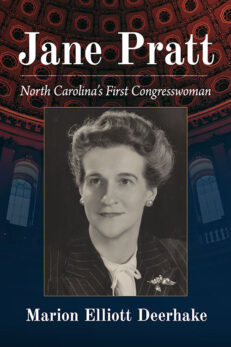Hitchcock and the Methods of Suspense
$39.95
In stock
About the Book
Alfred Hitchcock had a gift for turning the familiar into the unfamiliar, the mundane into the unexpected. A director known for planning the entire movie before the first day of filming began by using the storyboard approach, Hitchcock was renowned for his relaxed directing style, resulting in an excellent rapport with his actors. Decades later, Hitchcock’s films stand as sterling examples of innovative technique, infused with meaning that only repeated viewing can reveal.
This work examines themes, techniques, and the filmmaking process in 15 of Hitchcock’s best known films: The 39 Steps, Rebecca, Shadow of a Doubt, Spellbound, Notorious, Rope, Strangers on a Train, Rear Window, The Man Who Knew Too Much, Vertigo, North by Northwest, Psycho, The Birds, Frenzy and Family Plot. It explores the auteur’s treatments of psychoanalysis, voyeurism, and collective fears during the Cold War. Also presented are key stories behind several Hitchcock classics, such as the director’s stormy relationships with Raymond Chandler and David O. Selznick that resulted in synergetic success for some of his most successful films. The book includes numerous photographs and an extensive bibliography.
About the Author(s)
Bibliographic Details
William Hare
Format: softcover (6 x 9)
Pages: 359
Bibliographic Info: 20 photos, bibliography, index
Copyright Date: 2007
pISBN: 978-0-7864-2560-0
eISBN: 978-1-4766-0840-2
Imprint: McFarland
Table of Contents
Foreword by Robert Kendall 1
Introduction 3
1. A Breakthrough Spy Adventure: The 39 Steps (1935) 11
2. America, Selznick and a Gothic Challenge: Rebecca (1940) 37
3. Tranquility in the Midst of War 62
4. Selznick and Psychiatry in Post-War Hollywood 78
5. Hitchcock’s Grand Leap into Psychodrama 96
6. Hitchcock’s Auteur Days amid More Psychodrama 132
7. Voyeurism as High Art 164
8. Hopelessly in Love with a Woman Who Never Was 199
9. A Low-Budget Horror Jackpot 233
10. The Master in Maturity 271
Bibliography 337
Index 341





